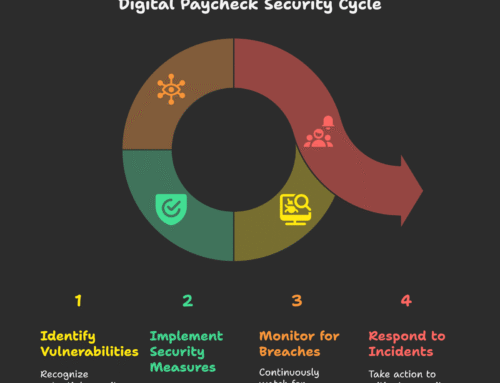Before the pandemic, managing remote employees was not a challenge because not many people worked from home. Remote work used to be something a professional opted for because of convenience rather than necessity.
After the pandemic, companies had to adopt remote work because it was the only way they could keep the business running while securing the health of their staff. Because of that, department heads had to figure out how to manage remote employees because the majority of the staff is working from home.
While the spread of COVID-19 has shown signs of slowing down, companies are not taking any chances. Remote work is businesses’ saving grace because if employees are socially distant, there is no chance for them to get infected.
However, many departments are struggling with their new management responsibility because it’s not something they had practice with. Students, too, struggle with keeping up with assignment deadlines, but at least they can rely on a reliable homework help service when they don’t feel like studying.
If you’re in this predicament, you probably wish that the pandemic never happened because now your job is more complex than you had anticipated in a million years. As a traditionally-minded manager, you have to abandon everything you know about employee management and learn how to navigate in these new territories.
For instance, you can no longer use desk time to gauge an employee’s productivity because working from home is nothing like working in an office environment. You’re no longer privy to the activities employees engage in during perceived working hours, and you cannot dictate when your staff can start their day because they’re not in your vicinity.
Here are tips to help you manage remote employees.
Understand Common Teleworking Challenges
As a manager, you need to understand the telecommunication challenges you and your organization’s remote workers might experience. Here are the three main ones that have been prevalent throughout the pandemic period:
1. Lack of face time with coworkers and supervisors
Since humans are social beings, face to face interaction plays an essential in effective communication. Without facetime, you can’t really know how an employee is performing and how they’re coping with their new working conditions.
In the past, you relied on workplace encounters to gain accurate data on your team’s performance, and now that’s no longer an option. How then will you measure the organization’s productivity when the employees themselves are having trouble effectively interacting with each other?
The dissolution of shared workspaces throughout this pandemic period prevents you from getting the data you need by simply scanning people’s faces. With the absence of in-person interactions, you have to improvise new communication and engagement channels.
2. Communication Breakdowns
Remote workers rely on the internet to access work resources, communicate with each other and collaborate on projects. This means, even the smallest communication breakdown would compromise the quality of their work. Employees can no longer walk over to a colleague’s desk to ask for clarification on something.
If they need to answer a question, they now have to make a quick call, email or send a text via WhatsApp. While these are effective communication methods, you could be too busy and miss their call or not hear your mobile notification when a text or email comes in.
At the same time, the message can easily be lost in translation if you are unable to read a person’s facial expressions and body language when they’re communicating with you. For instance, an employee you know to be cordial in person can come off as rude via email, and you wouldn’t know what to make of that.
3. Surrounding Distractions
Even if an employee is lucky to have a home office, working from home isn’t comparable to working from an office environment. Since offices are clearly structured for work, employees hardly get distracted during working hours.
However, an individual working from home for the first time will struggle with staying focused because they associate home with relaxing and unwinding. Besides, if an employee lives in a household with kids, they’re bound to feel distracted by them even if they’re not the parents.
As you gauge employees’ performance, factor in the surrounding distractions that will hamper their productivity during working hours.
Set Clear Remote Work Productivity Standards
Since employees are no longer working in the office, work productivity standards will have to change to align with their new working environments. Company policies that used to work effectively in the past have to be scraped off because they can no longer apply to a company with remote workers.
Every employee’s situation should be factored in to determine how much they can accomplish in a day without experiencing burnout in the long run.
Conclusion
As you learn to figure things out, remember not to put too much pressure on your team because they are also trying to figure out how to make this work. Instead, use these tips to help you navigate management in a way that gives them room to thrive.
Photo by ANTHONY SHKRABA production from Pexels







Leave A Comment